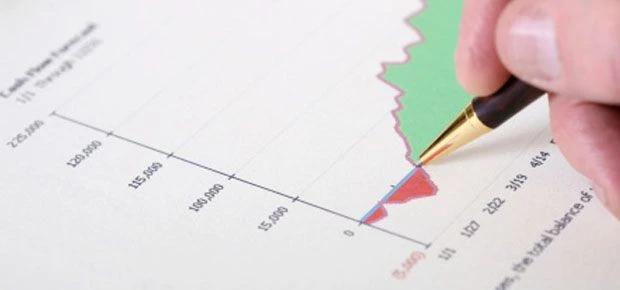
Partner Article
Planning your success: How to prepare a financial forecast
Planning is an integral part of establishing a business and keeping it operating successfully. Careful planning has a lot to do with the profitability of a business venture, and failure to plan intelligently before pushing through is one of the main reasons why most businesses become unsustainable after some time.
The secret to becoming an efficient business planner is developing the ability to predict the future of the business. This means being able to intelligently assess the marketability, profitability, and the overall situation of one’s business on the basis of the business’ current footing.
Cash flow forecasting
For small and medium enterprises or SMEs, one of the most important aspects of planning is cash flow. Cash to a business enterprise is much like blood in the human body. It is what keeps the business healthy, which is always a good indicator of success. As a productive businessman, you must always ensure that you have access to a sufficient amount of money in a given period. For most SMEs, we are talking about a shorter amount of time, as enterprises like these often assess earnings on a daily, weekly, or monthly basis.
Planning for the cash flow of your business has everything to do with how adept you are at cash flow forecasting. Simply put, a cash flow forecast is a financial or budget plan for the business. In making a cash flow forecast, you are estimating the two most basic and most essential financial aspects of your business: your projected income and expenses.
Preparing a cash flow forecast
Preparing a cash flow forecast is relatively easy. In doing so, it is always helpful to have a spreadsheet ready. It can be a printed-out copy that follows a predetermined format, or you can opt to use a computer application to aid you in preparing your forecast.
Firstly, record the probable cash inflows that you expect to collect during a specified period. Cash inflows may include, but are not limited to, sales and payments from customers, your earnings through interests, sponsorships, and others. Be sure to note whether the cash inflows are in the form of cash (meaning, physical bills or coins) or in credit (in such cases, it is important to establish your credit management policies).
Secondly, record the probable cash outflows that you expect to be incurred during the specified period. Cash outflows may include, but are not limited to, employees’ salaries, payments for supplies, loan repayments, taxes, and others. In addition, consider your maintenance fees, including rent, facility repairs, and utility fees.
Thirdly, also account for your bank account balance, then add the revenue minus the expenses for the specified period. This would indicate your probable cash position.
The fourth and last step in preparing a cash flow forecast is continual adjustments in the records. Keep in mind that what you have prepared is a forecast, and depending on its accuracy, it may not perfectly reflect the actual cash flow of your business. Comparing your cash flow forecast against the actual cash flow will help you predict your business’ cash flow in the near future more accurately.
This was posted in Bdaily's Members' News section by Toni Vallen .








 How to make your growth strategy deliver in 2026
How to make your growth strategy deliver in 2026
 Powering a new wave of regional screen indies
Powering a new wave of regional screen indies
 A new year and a new outlook for property scene
A new year and a new outlook for property scene
 Zero per cent - but maximum brand exposure
Zero per cent - but maximum brand exposure
 We don’t talk about money stress enough
We don’t talk about money stress enough
 A year of resilience, growth and collaboration
A year of resilience, growth and collaboration
 Apprenticeships: Lower standards risk safety
Apprenticeships: Lower standards risk safety
 Keeping it reel: Creating video in an authenticity era
Keeping it reel: Creating video in an authenticity era
 Budget: Creating a more vibrant market economy
Budget: Creating a more vibrant market economy
 Celebrating excellence and community support
Celebrating excellence and community support
 The value of nurturing homegrown innovation
The value of nurturing homegrown innovation
 A dynamic, fair and innovative economy
A dynamic, fair and innovative economy